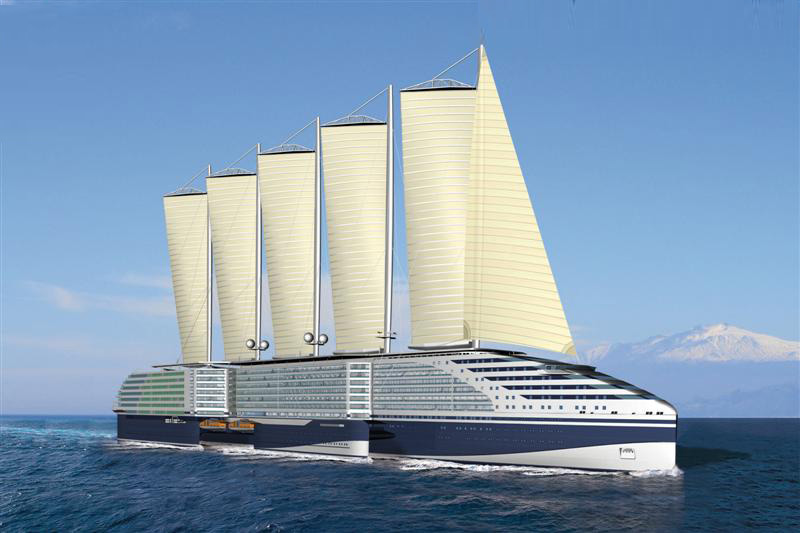 The cruise industry is again in transition. The latest generation of ships is setting new standards for shipyards, which at the same time have to comply with the new IMO rules for the next generation of ships, already evolving due to the Novel Design Concept approach.
The cruise industry is again in transition. The latest generation of ships is setting new standards for shipyards, which at the same time have to comply with the new IMO rules for the next generation of ships, already evolving due to the Novel Design Concept approach.
Discussions years ago that led to the IMO’s Safe Return to Port rules also began encouraging naval architects to consider new technical approaches for cruise ships.
“About six years ago, we started to think about the Solstice and also the Oasis project. We were looking into the future because these ships take quite a few years to develop,” commented Harri Kulovaara, executive vice president of maritime at Royal Caribbean Cruises.
The IMO’s Safe Return to Port rules established design criteria for shipbuilders to determine a vessel’s casualty threshold which is the amount of damage a ship can sustain and retain the capability to return to port while maintaining safe areas with basic services for passengers and crew. Those rules came into force on July 1, 2010 and require vessel safe areas that include light, ventilation, space for medical care, food, water, sanitation facilities and access to life-saving equipment for passengers and crew. The new rules also set technical design guidelines to ensure ship systems remain operable during an emergency in part by locating critical equipment in redundant shipboard locations.
The Safe Return to Port concepts of redundancy of machinery spaces and other critical ship technical functions and the IMO’s stability requirements became standard for the cruise lines and shipyards planning new-builds before the new rules in force dates. Royal Caribbean began designing for redundancy starting with the Voyager class ships according to Kulovaara. More recently, early planning work of the Solstice class and Oasis of the Seas class “was very much based on those principles,” he said.
Changes to MARPOL Annex VI set new minimum standards for next generation cruise ship air emissions. The IMO said it required “intense efforts to find a workable solution” for the regulation of SOx emissions. The result was establishment of progressive standards in the Sulfur Oxides and Particulate Matter regulation.
Lloyd’s Register’s Outcome and Opportunities Briefing of the IMO MEPC meeting in March 2010 noted that the “availability, adequacy and approval of onboard treatment systems and equipment standards” would still require more IMO committee discussion before adoption. Regionally, action by the Baltic Sea states to impose limitations on discharges of untreated waste water was a growing challenge.
The reality is despite the long process for final approval and global implementation of ballast water treatment rules under the IMO, future cruise ships will be required to use approved systems. In the past, lack of uniform testing and approvals of the equipment combined with inconsistent regional invasive species control regulations was a disincentive for shipowners to make the investment. According to Dr. Gillian Reynolds, principal environment and sustainability advisor at Lloyd’s Register, shipyards and ship operators will soon be required to “understand the availability and approval status of commercial solutions of the different technologies involved.”
Excerpt from Cruise Industry News Quarterly Magazine: Summer 2010



